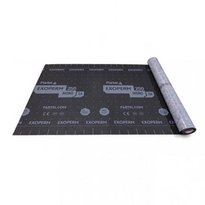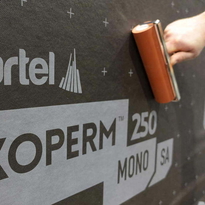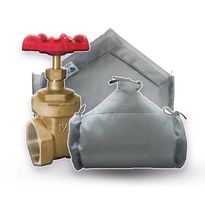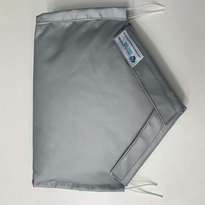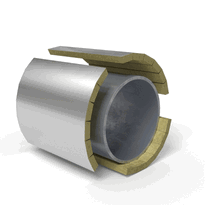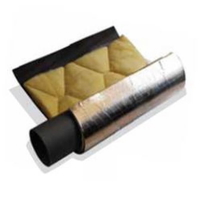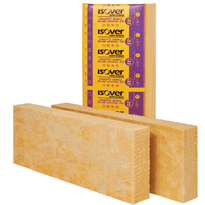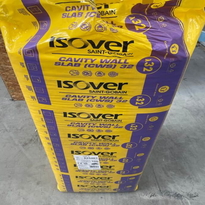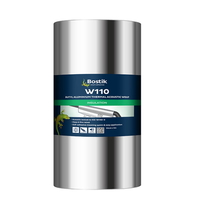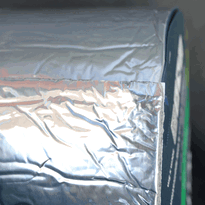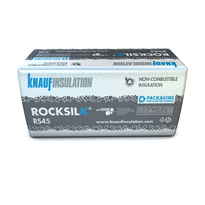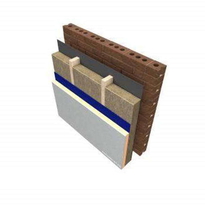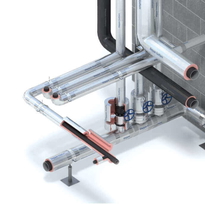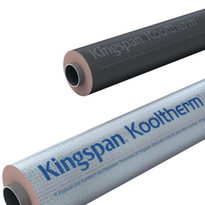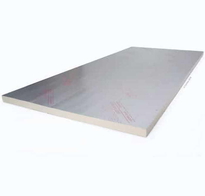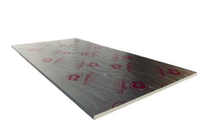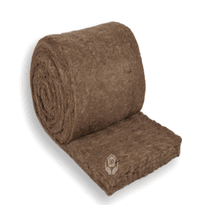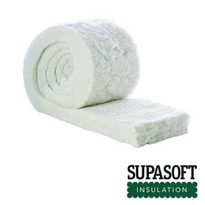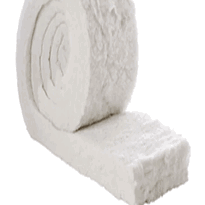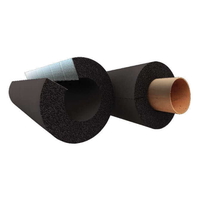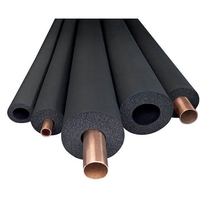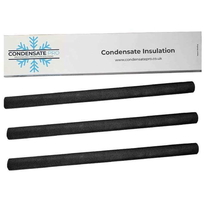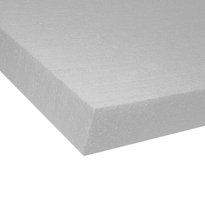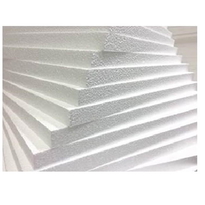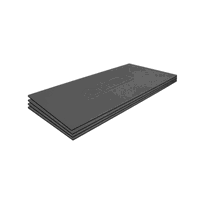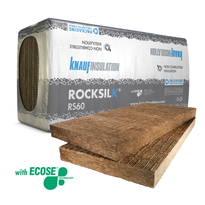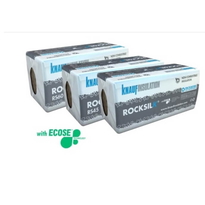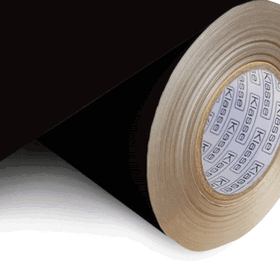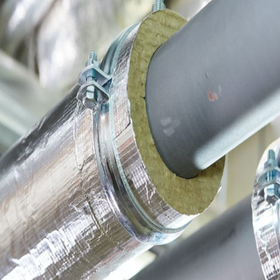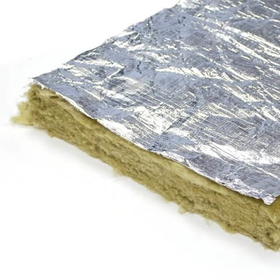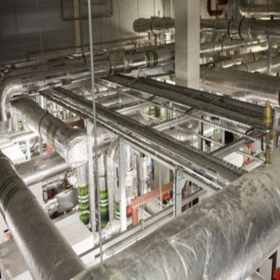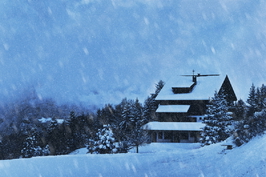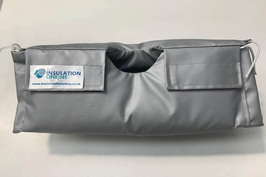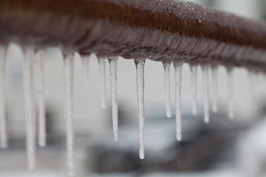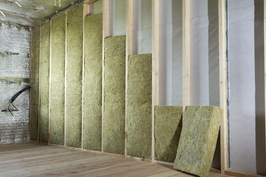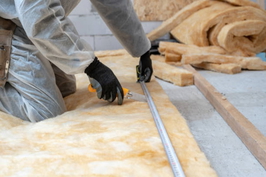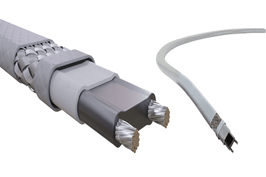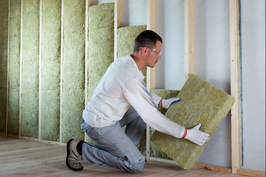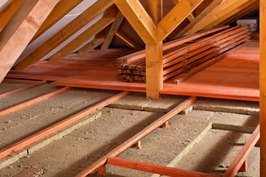Trace Heating
Buy Insulation Online offers a wide range of trace heating products to suit your needs. We ship across mainland UK, so you can be sure to find the right product for your project. This includes trace heating kits, digital thermostats, trace heating cables and accessories such as heat shrink, tee junctions, splices and much more. We offer a wide range of products to meet your trace heating needs. We carry everything from simple heat tracing cables to sophisticated control systems. Our knowledgeable staff can help you select the right products for your application, and our convenient online ordering makes it easy to get the products you need. We offer competitive prices and fast shipping, so you can be sure you're getting the best possible value when you buy trace heating online from Buy Trace Heating Online.
Similar Categories
Everything You Need to Know About Trace Heating
Trace heating, also known as self-regulating heating cable, is a type of electric heating element
used to maintain or raise the temperature of pipes and vessels. Trace heating cable is used in
various industries and applications, such as in HVAC, plumbing, and process piping systems.
How Trace Heating Works
Trace heating consists of a conductive core, typically made of copper or aluminium, that is
surrounded by a dielectric insulation material and an outer jacket. The conductive core is heated when an electrical current is passed through it.
The heat generated by the conductive core is then transferred to the pipe or vessel, which is typically made of metal.
The dielectric insulation material and outer jacket protect the conductive core from the environment and prevent the heat from being dissipated into the surrounding air. The dielectric insulation material also prevents the electrical current from being conducted through the pipe or vessel.
Different Types of Trace Heating
Series Resistance Trace Heating
A series resistance heating cable is a type of heating cable that uses a high-resistance wire to
generate thermal energy. These cables are typically less expensive than other heating cables
and can maintain high temperatures for longer periods. However, because a break or failure
anywhere along the length of the cable would cause the entire cable to fail, these cables are
typically only used for longer heating processes.
Even though series resistance trace heating is effective, the circuit still needs to be monitored
and controlled. This is because the resistance material can overheat and melt.
Series resistance trace heating is often used when there is a need to heat a long pipeline, such
as the quayside of load pipes on oil refineries and along oil pipelines.
Constant Wattage Trace Heating
Constant wattage trace heating is a type of trace heating that uses a constant amount of power
to generate heat. This type of trace heating is often used for shorter heating processes and is
less expensive than series resistance trace heating. However, because it uses a constant
amount of power, it can overheat the heating cable and cause the entire system to fail.
Constant wattage trace heating is used for various applications, including domestic hot water
pipes, load pipes on oil refineries, and oil pipelines.
Self-Regulating
Self-regulating trace heating is a type of trace heating that uses a self-regulating controller to
keep the heating cable at a set temperature. This type of heating is often used in industrial and
commercial applications, where a master controller typically controls the temperature of the
heating cable.
Trace Heating Applications
Freeze Protection
Freeze protection is the most common application for trace heating. Trace heating is used to
prevent pipes from freezing in cold weather. Freeze protection is typically used in commercial
and industrial applications, such as hospitals, schools, and office buildings.
Process Temperature Maintenance
Process temperature maintenance is the second most common application for trace heating.
Trace heating is used to maintain the temperature of pipes and tanks in industrial and
commercial applications. Process temperature maintenance is often used in food and beverage
processing, pharmaceutical manufacturing, and chemical processing.
Gutter and Roof De-Icing
Gutter and roof de-icing is the third most common application for trace heating. Trace heating is
used to prevent ice from forming on roofs and gutters in cold weather. Gutter and roof de-icing
is often used in residential applications, such as homes and apartment buildings.
The Bottomline
In conclusion, trace heating is applying heat to pipes or other metal objects to prevent freezing
or corrosion. This process is often used in industries such as oil and gas, where pipes are
exposed to extreme temperatures. Trace heating can be done using various methods, such as
electric tracing, steam tracing, and hot water tracing. Each method has its own advantages and
disadvantages, so selecting the right method for the specific application is important.
Buy Insulation Online is one of the best insulation and trace heating suppliers in the UK. We got everything you
need for your heating needs. Shop now.
